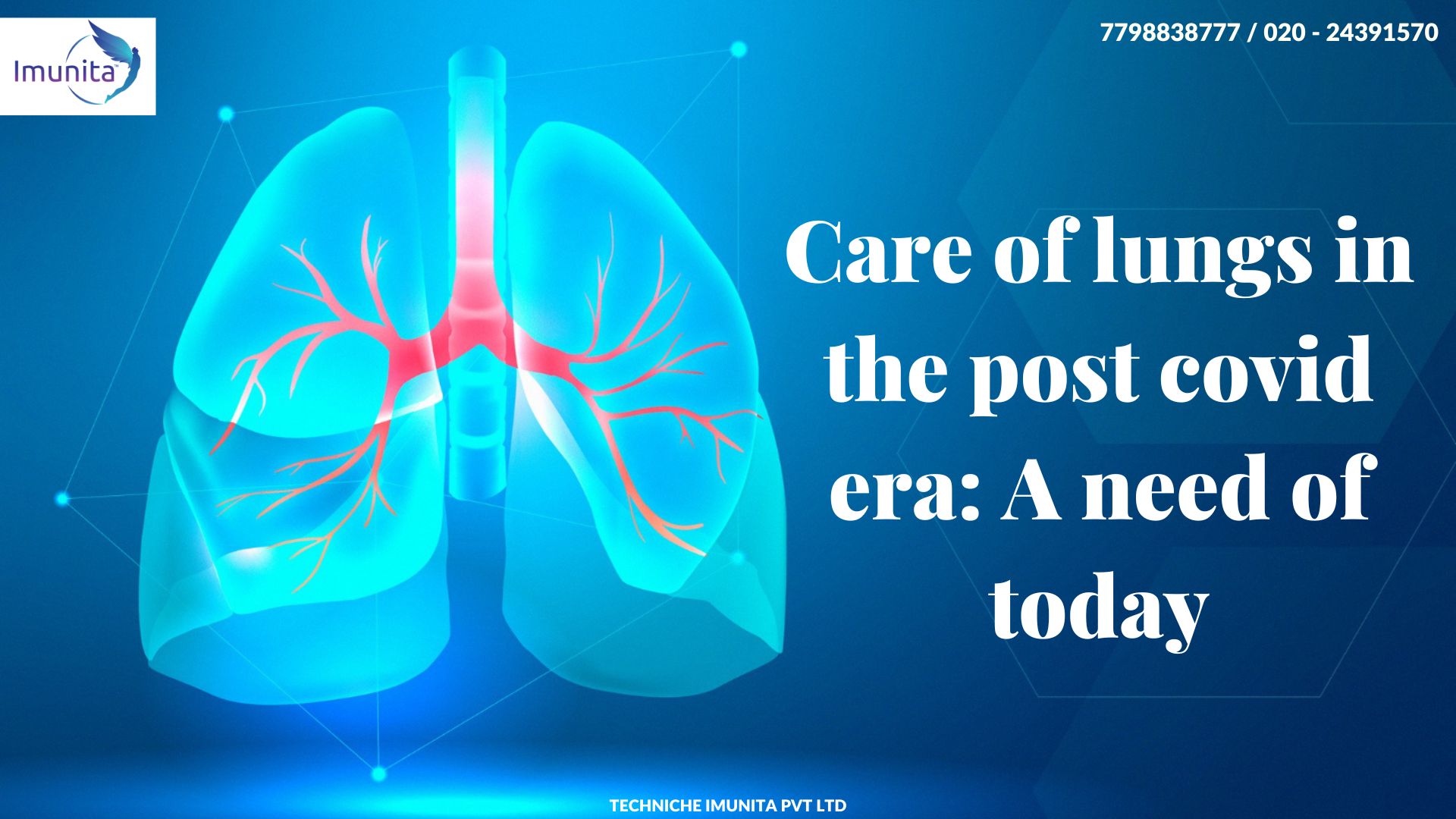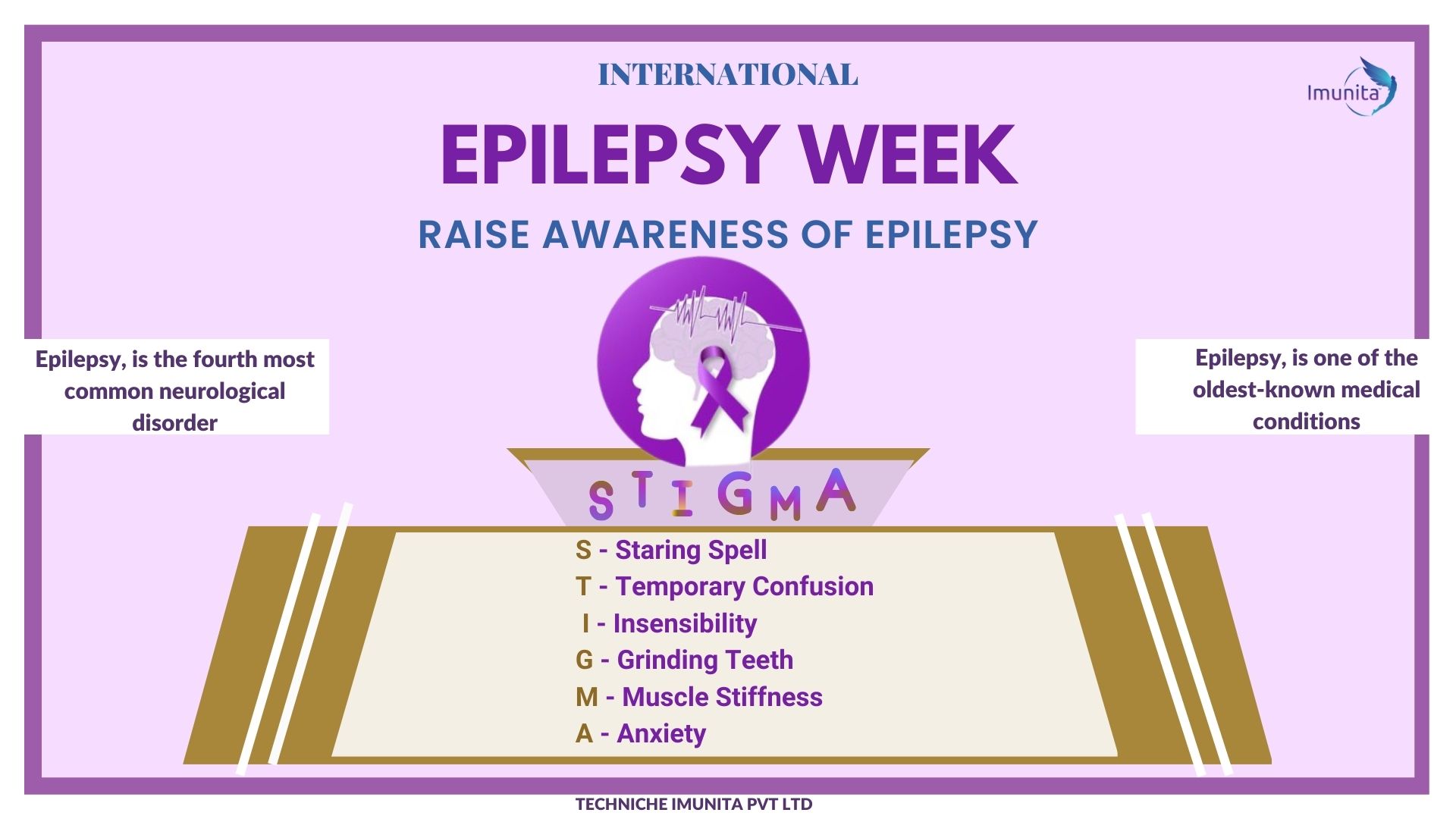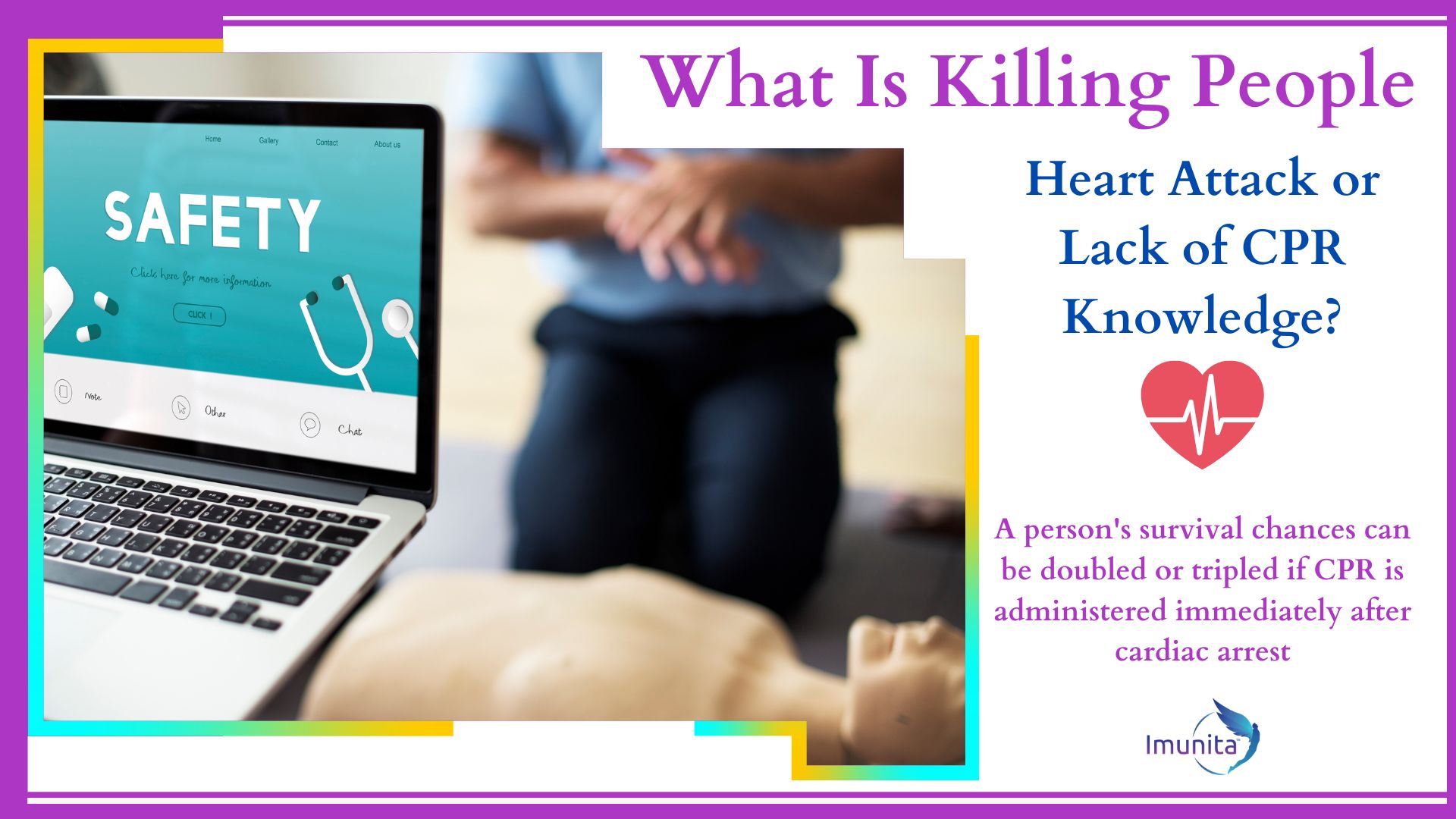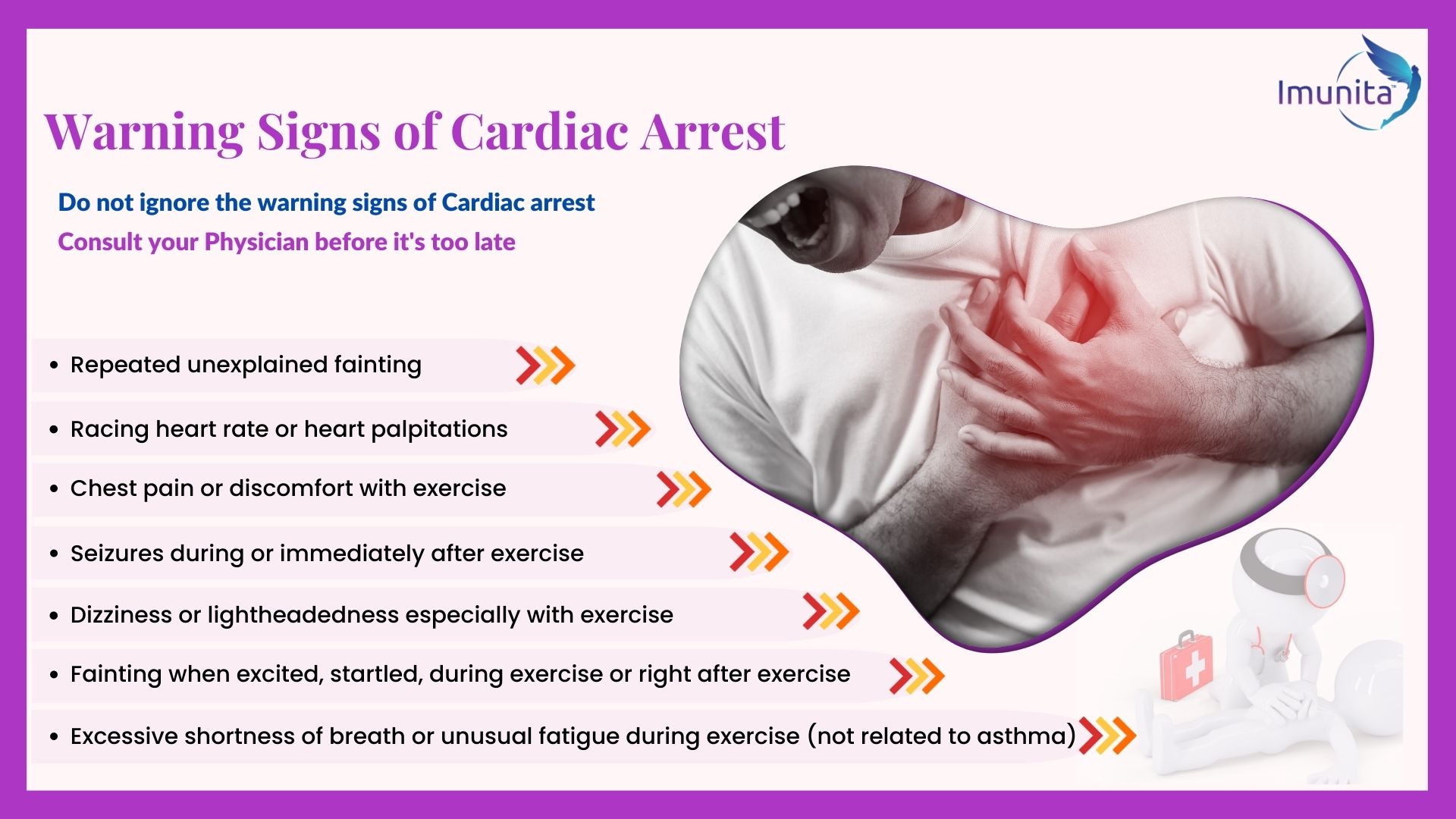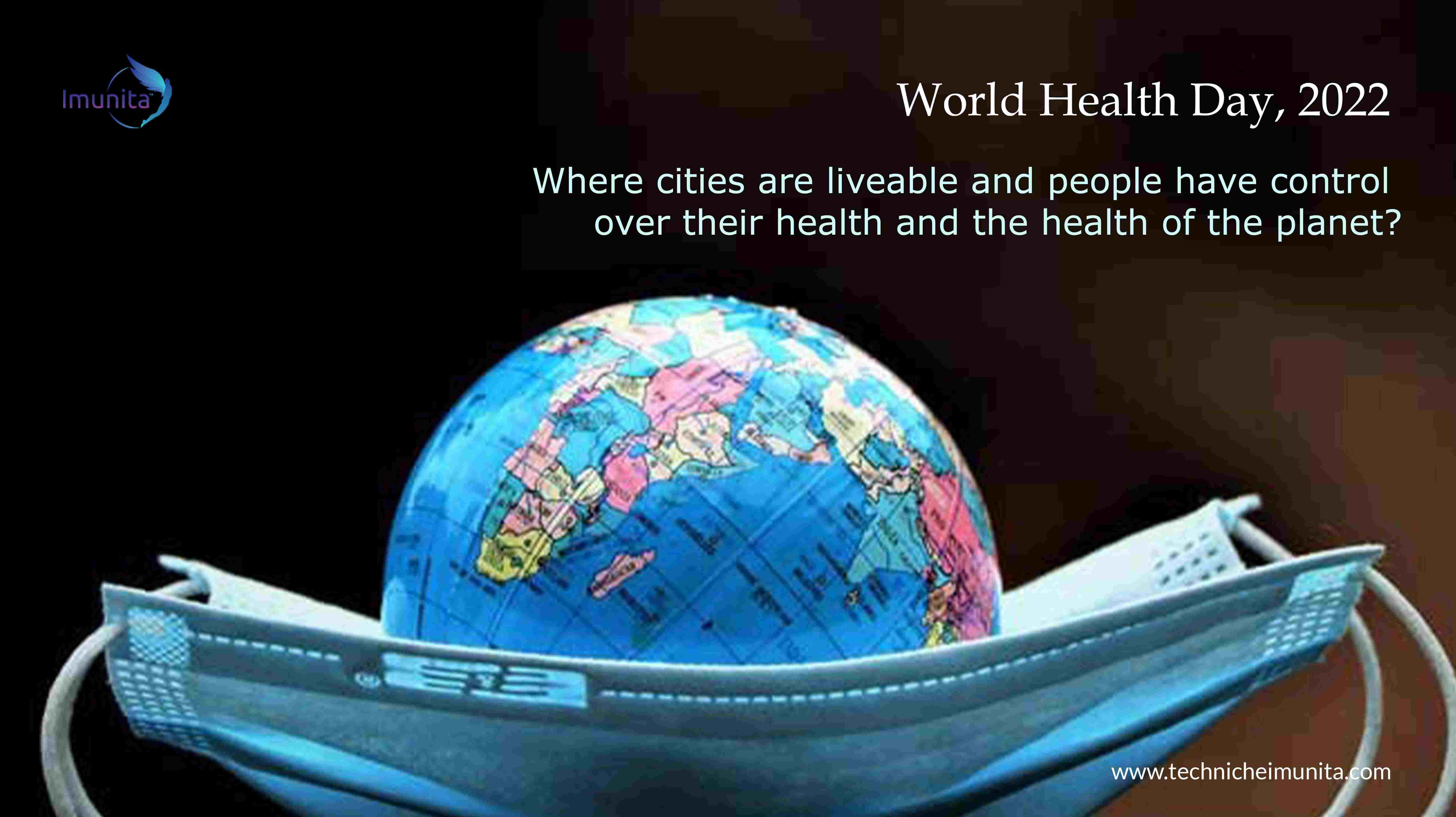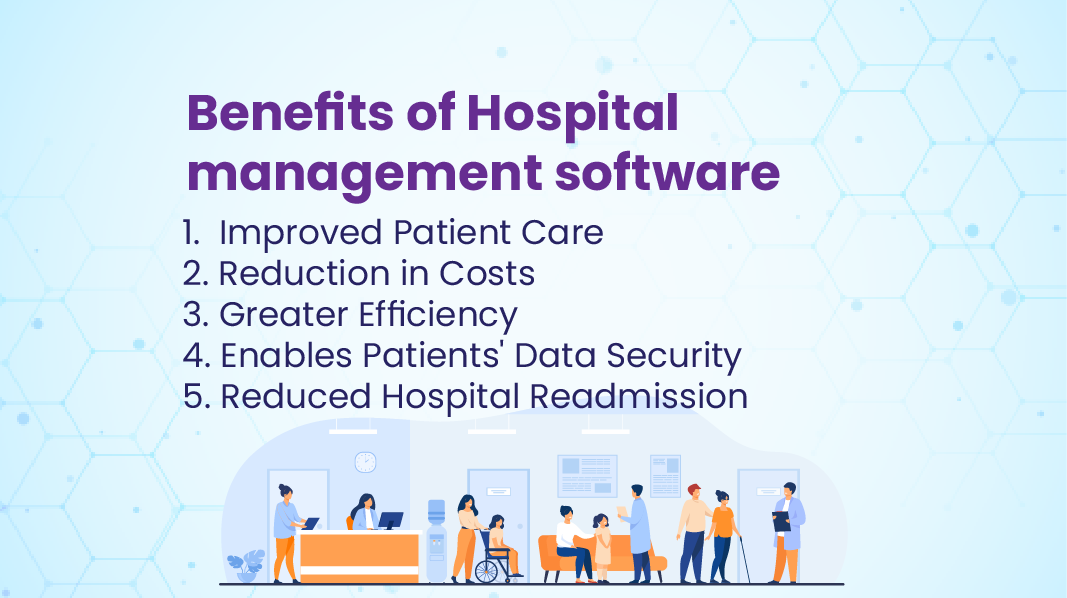Hospitals are the basic infrastructure facilities pivotal for any society to cope up with health care emergencies. In the case of the current COVID 19 pandemic, hospitals world over have turned into the battlegrounds to fight off the virus. These are the places where people are flocking in and out for treatment.
In the current pandemic all over the world, the hospitals are providing care to a large number of patients in a particular period, which is beyond their normal capacity. The infrastructure and human resources are overburdened in such disasters. In such overburdened conditions and considering the infectious disease the situation becomes even more grave and vulnerable if another disaster co-occurs. One such disastrous event is the fire emergency which is likely to occur in the current COVID 19 pandemic.
As of now in India, there are three types of healthcare facilities wherein the treatment for COVID 19 is provided. As per the directions provided by the Health ministry, the COVID 19 healthcare facilities are divided into three types as follows,
Hospitals are the basic infrastructure facilities pivotal for any society to cope up with health care emergencies. In the case of the current COVID 19 pandemic, hospitals world over have turned into the battlegrounds to fight off the virus. These are the places where people are flocking in and out for treatment.
In the current pandemic all over the world, the hospitals are providing care to a large number of patients in a particular period, which is beyond their normal capacity. The infrastructure and human resources are overburdened in such disasters. In such overburdened conditions and considering the infectious disease the situation becomes even more grave and vulnerable if another disaster co-occurs. One such disastrous event is the fire emergency which is likely to occur in the current COVID 19 pandemic.
As of now in India, there are three types of healthcare facilities wherein the treatment for COVID 19 is provided. As per the directions provided by the Health ministry, the COVID 19 healthcare facilities are divided into three types as follows,
1. The Dedicated COVID Hospitals (Group 1): This facility shall offer care for all cases that are clinically assigned as moderate. It is suggested that these should either be a full hospital or a separate block in a hospital with preferably separate entry/exit/zoning. Also, the health ministry has recommended that wherever a Dedicated COVID Health Center is designated for admitting both the confirmed and the suspect cases with moderate symptoms, these hospitals must have separate areas for the suspect and confirmed cases to avoid infection to suspected cases. These hospitals are required to have oxygen support, fully equipped ICU’s, ventilators, and beds with assured oxygen support.
2. Dedicated COVID Health Centre (DCHC)(Group 2): These centers must necessarily be mapped to one or more Dedicated COVID Hospitals. Every DCHC must also have a dedicated Basic Life Support Ambulance (BLSA) equipped with sufficient oxygen support for ensuring safe transport of a case to a dedicated COVID Hospital in case if the symptoms progress to severe. These health care centers must have assured oxygen support.
3. COVID care centers (Group 3): Suspect and confirmed cases clinically assigned as mild and very mild are treated with disinfection and well-maintained quarantine facilities.
Considering the Indian scenario, the dedicated COVID 19 hospitals, and centers wherein the moderate and severe patients are treated pose a threat during the fire and other emergencies as the set-up is bigger with equipped ICUs, oxygen support, ventilators, etc and patients are in the diseased state. While deciding the types of healthcare facilities basics of fire emergencies are considered but the infectious disease scenario is not considered which is significant to avoid the disastrous consequences of unsafe rescue in the light of current COVID 19 infection.
According to studies conducted by NHS England it is estimated that COVID 19 infectious diseases affect the respiratory system therefore the density of patients on ventilators in high hospitals dealing with the pandemic. Therefore, the condition in COVID 19 hospitals is that the environment is enriched with oxygen, which increases the likelihood of “combustion risk”. Oxygen is not considered to be flammable, but large amounts of it in the air causes fire to spread faster. As per this study Type, 1 and 2 dedicated COVDI 19 hospitals and centers are prone to fire-related emergencies.
Another major threat is that the COVID 19 infection can spread easily. The danger lies with the firefighters and rescue team to be afflicted by the disease as they can come in direct contact with these COVID 19 infected patients during the rescue. Moreover, the biggest hurdle is designing PPE’s which are suitable to use by the emergency/ firefighters which considers three major points such as infection prevention, fire safety as well as ensure desired mobility to the fighters during rescue operations.
Another major hurdle is educating patients with the help of signages regarding the escape route to follow towards the assembly point with minimum exposure to other areas to prevent the spread of infection and self-isolate at the assembly point/ refuge region. Even though some patients might follow the escape routes but there are chances that few of them might abscond due to fear which is to be considered while devising COVID 19 hospital-specific emergency plans. Due to such absconding behavior of COVID 19 patients’ chances of other normal individuals getting infected is high which would further strain the already burdened healthcare system by pouring a multiplied number of patients after the crisis.
The emergency preparedness plan must consider the segregation of the suspected and infected COVID 19 patients. The assembly points must be designated while considering the segregation of suspected and infected patients. Due care must be taken while rescuing infants, pregnant women, high-risk patients with other disease/ infection, mentally unstable patients.
The emergency preparedness plan must have an incident management team at the place with personnel from various disciplines in the hospital. All worst-case scenarios must be considered while devising a strategy for minimizing the loss of life and property in the crisis as a single incident can cause an explosion of infection within a wide geographical area.




 "
"




